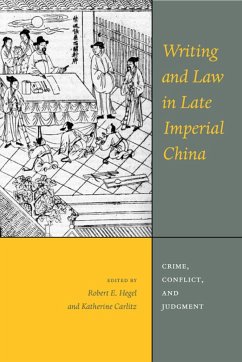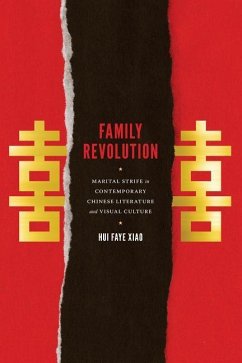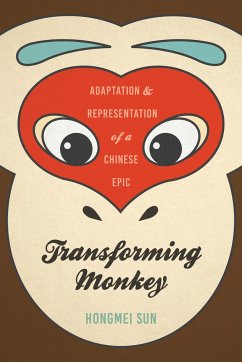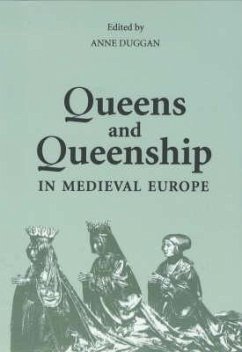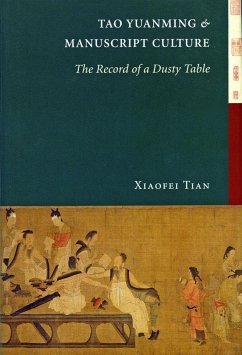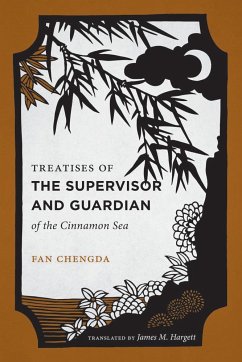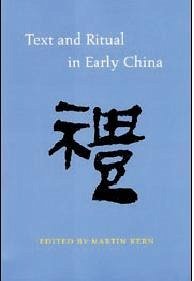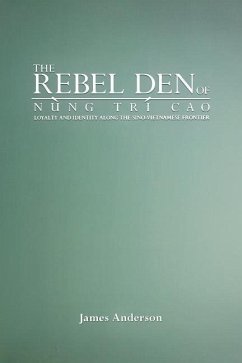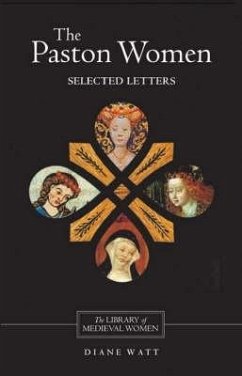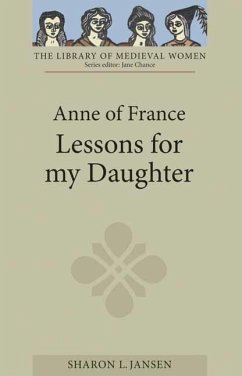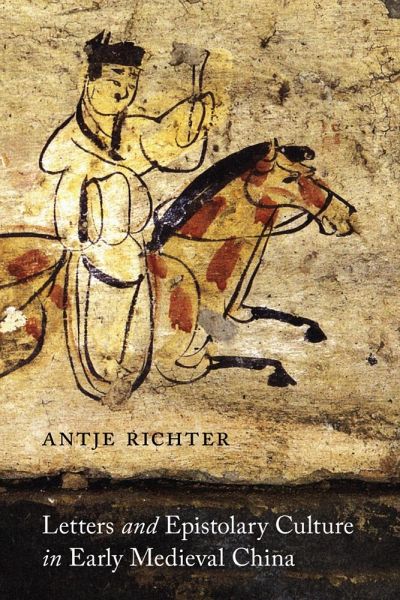
Letters and Epistolary Culture in Early Medieval China

PAYBACK Punkte
18 °P sammeln!
Honorable Mention for the 2016 Kayden Book Award This first book-length study in Chinese or any Western language of personal letters and letter-writing in premodern China focuses on the earliest period (ca. 3rd-6th cent. CE) with a sizeable body of surviving correspondence. Along with the translation and analysis of many representative letters, Antje Richter explores the material culture of letter writing (writing supports and utensils, envelopes and seals, the transportation of finished letters) and letter-writing conventions (vocabulary, textual patterns, topicality, creativity). She conside...
Honorable Mention for the 2016 Kayden Book Award This first book-length study in Chinese or any Western language of personal letters and letter-writing in premodern China focuses on the earliest period (ca. 3rd-6th cent. CE) with a sizeable body of surviving correspondence. Along with the translation and analysis of many representative letters, Antje Richter explores the material culture of letter writing (writing supports and utensils, envelopes and seals, the transportation of finished letters) and letter-writing conventions (vocabulary, textual patterns, topicality, creativity). She considers the status of letters as a literary genre, ideal qualities of letters, and guides to letter-writing, providing a wealth of examples to illustrate each component of the standard personal letter. References to letter-writing in other cultures enliven the narrative throughout. Letters and Epistolary Culture in Early Medieval China makes the social practice and the existing textual specimens of personal Chinese letter-writing fully visible for the first time, both for the various branches of Chinese studies and for epistolary research in other ancient and modern cultures, and encourages a more confident and consistent use of letters as historical and literary sources.




